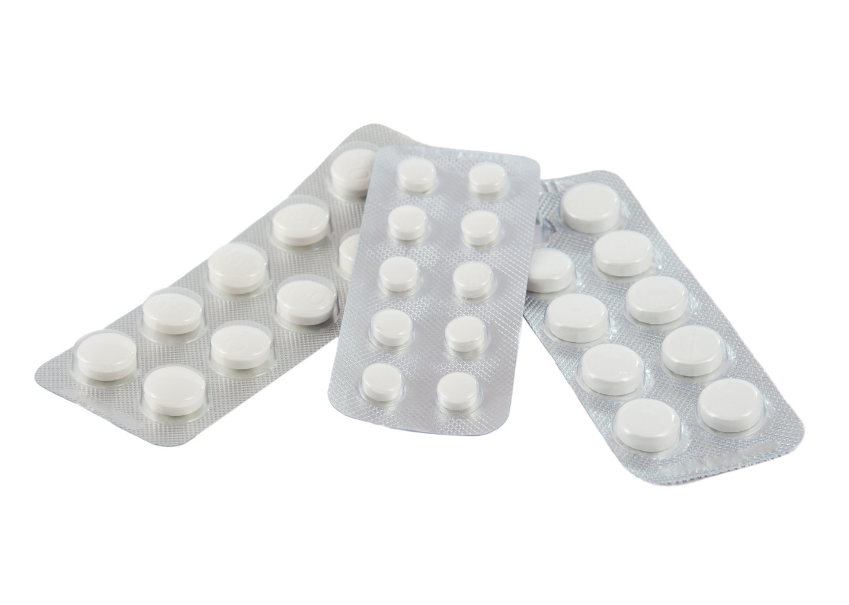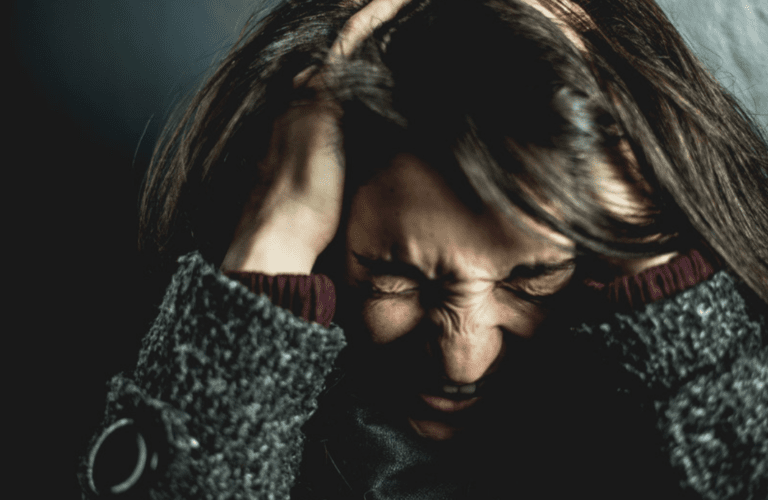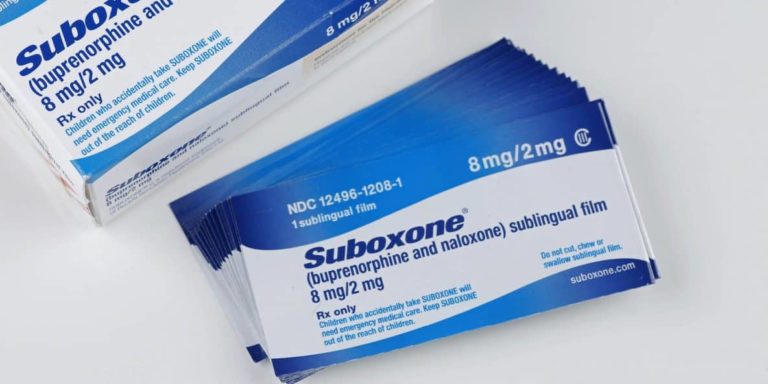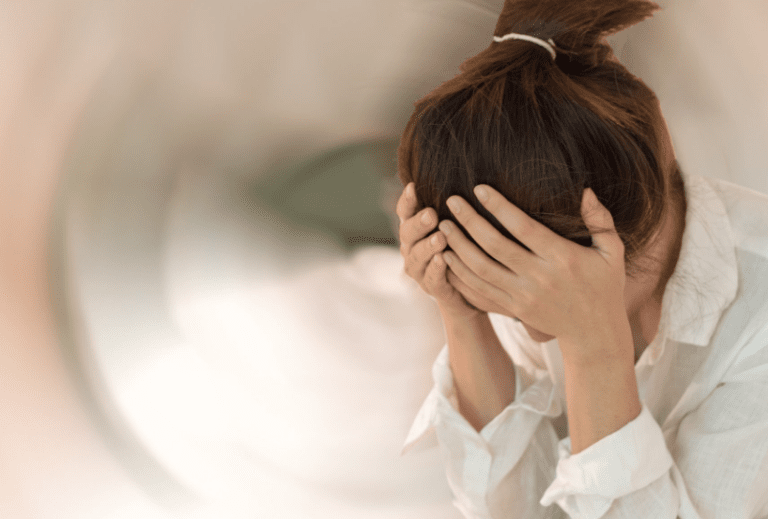Porn Addiction: Is There Hope?
While many people doubt whether porn addiction is a real affliction, individuals suffering from porn addiction symptoms wonder-is there hope? Consuming pornography is all too common. Studies estimate that between 86% and 96% of men regularly consume porn, while the percentage of women is approximately 50%.
However, watching too much sexually explicit material can bring about porn addiction symptoms that can have many adverse effects on your daily life; some known ones include erectile dysfunction or decreased sex drive for those who are married or in a relationship with someone else.
This article will explain pornography addiction symptoms, the signs that the activity has turned into a serious problem, and treatment options for this addiction.
What is Porn Addiction?
Despite the fact that porn addiction has not yet been recognized as a diagnosable condition, this behavior has been described by mental health experts as ‘problematic viewer use.’
Those suffering from this addiction are constantly craving erotic displays even after attempting to reduce their urges.
These individuals may also experience limitations in other areas of life like work, school, and social interactions as a result of their constant need to consume pornographic content. As is the case with any addiction, once the activity has negatively impacted an area of your life but you feel powerless to stop, addiction has developed.

How is Pornography Addictive?
An investigation into men with PPU (problematic pornography use) was conducted and found that their brains did react to sexual pictures. This finding corroborates the statements of experts who believe that the same neural activity seen in substance and alcohol addiction (when reward, motivation, and memory circuits are activated) occurs in those who frequently view pornography.
The chemicals that are present during sex are what cause feelings of pleasure. In the same way, the brain’s chemical system is activated when a person watches porn. Porn, however, disrupts the brain’s natural capacity for sexual pleasure by altering its chemical makeup over time. The viewer, over time, becomes unsatisfied and seeks increasingly varied and more stimulating forms of porn.
The three chemicals that are most active in the brain during porn use are dopamine, oxytocin, and vasopressin. They are a triple hook and thus particularly addictive. Working in tandem, these chemicals cause three problems: brain shrinkage, chemical bonding, and cravings. In other words, these three elements together create a powerful urge to look at porn.
Porn Addiction in the U.S.
According to research, up to 6% of the adult population has a porn addiction. Approximately 65% of young adult men and 18% of young women report watching porn at least once a week, though this figure may be higher.
Porn addiction has also increased as a result of children’s increasing exposure to internet porn. There is usually no more than a click to say they are 18 or older on porn sites. Porn addiction has increased as a result of this and even other adult social media related sites.
The median age of first exposure to pornography is 14 years old. As many as 93% of boys and 62% of girls first view porn before turning 18. Porn addiction is more common among those who begin looking at it at an early age. The graph below illustrates that both genders participate in the frequent viewing of pornography and that, among them, the majority view at least once per day if not more.
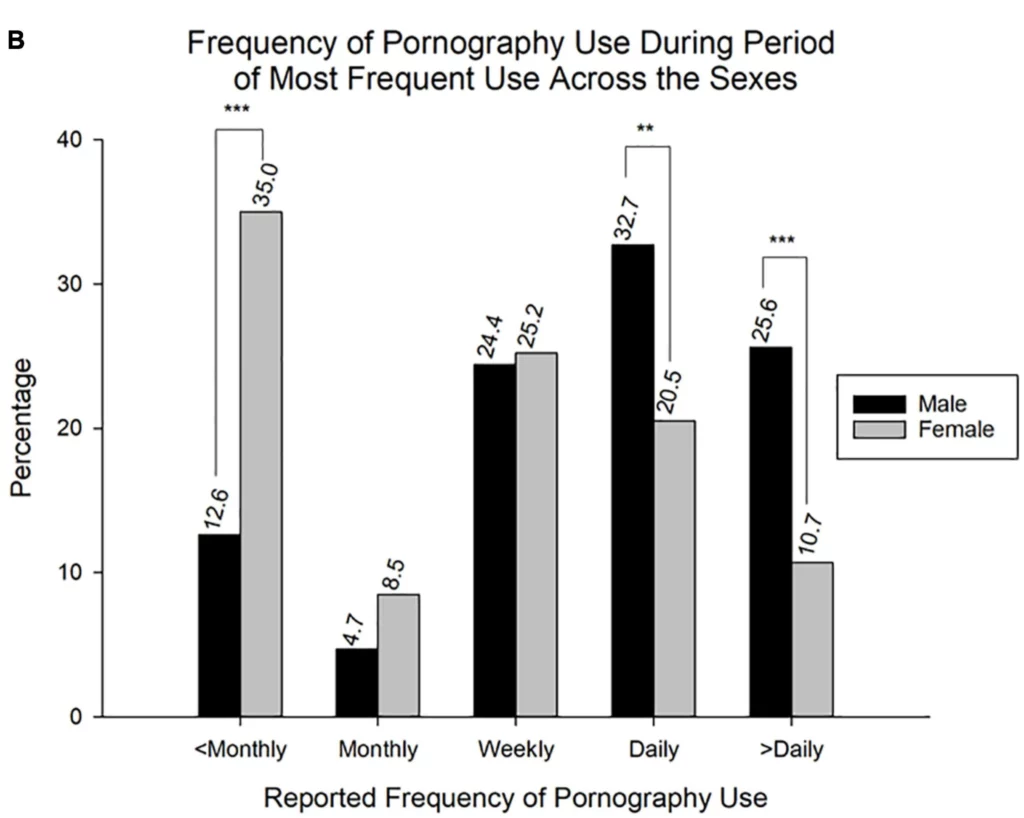
Porn Addiction Symptoms: What Are They?
Pornography is so accessible that it is easy for someone to become dependent on erotic material. Research suggests that porn addiction symptoms brought about compulsive use can alter the brain.
In a study examining porn’s addictive nature, subjects who consumed large amounts of erotic material had increased brain responses when shown pornographic cues. When people with substance or gambling addictions are exposed to addictive prompts, this same reaction is observed.
Porn addiction symptoms often affects the brain’s pleasure and cravings pathways by altering a neurotransmitter known as dopamine. Beyond altering brain activity, excessive consumption has been found to have the following consequences, which are listed below.
Lack of Intimacy Between Partners
Although anyone can become addicted to porn and experience porn addiction symptoms, it is particularly common among men—a trait that can be troublesome for their partners.
Men who frequently view pornographic content, in particular, tend to pull away emotionally from their loved ones. Men who consume excessive amounts of porn, for example, may develop secretive tendencies and even become depressed due to the various porn addiction symptoms.
Low Self-Esteem in Partner
When a person with hypersexuality withdraws physically from their partner, preferring to turn to porn, it can be a severe blow to the partner’s self-esteem. The significant other of someone with this condition might obsess about whether they are satisfying their partner in bed, whether their partner has other interests, or whether they are falling short in other areas.

Dissatisfaction in Real-Life
When viewing other people’s bodies and sexual relations constantly, it is common to make comparisons. They may soon begin to view themselves as physically unattractive and sexually inadequate in comparison to professional sex workers, in addition to measuring their partners against the actors they watch.
Negatively Impact Daily Functioning
Porn addiction symptoms can manifest into your daily life too. Daily functioning in the workplace, at home, and in social settings can be negatively impacted by excessive porn use.
The drive to observe others have sex may become so overpowering that it prevents the individual from accomplishing their daily tasks, attending a doctor’s appointment, or even taking time to relax and enjoy themselves.
Porn Addiction Symptoms: The Warning Signs
An individual suffering from porn addiction symptoms usually consumes a lot of porn, which may lead to a loss of control. This may also result in a decline in connections with others. The following signs may suggest a porn addiction:
- Participating in risky sexual behavior
- Spending excessively on pornographic material
- Inability to quit
- Feelings of guilt and shame
- Intimacy with a partner is less satisfying
- Keeping the habit a secret from others
- Defensiveness when told to reduce consumption
Porn Addiction Symptoms vs. Sex Addiction
People who suffer from porn or sex addiction often notice that their lives are negatively affected at work, at school, and in their personal lives.
Someone who has either porn or sex addiction finds it difficult to cease their actions, even if they’d like to. The same holds true for both conditions, which can be treated with professional help through therapy or counseling.
It’s critical to know how to tell the two conditions apart in order to understand them and decide which condition someone has, which can help individuals to get the appropriate treatment.
In Real Life vs. On a Screen
Pornography addiction and the connected porn addiction symptoms usually involves only the addict and the materials they consume. While their obsession with pornography may indirectly impact the people around them, it does not directly involve other people in satisfying their desires. In contrast, sex addiction often involves at least one other individual.
People experiencing porn addiction symptoms typically look for methods to satisfy their desire to have sex with other individuals, which might include hiring a prostitute or even assaulting another adult or child.

Porn Addiction Symptoms and False Expectations
People who watch pornographic content, particularly men, may develop unrealistically high expectations for real-life sexual experiences, resulting in difficulties with normal interactions. Because scenarios in porn are so rarely accurate, people with this addiction often feel inadequate with their partners and their sex lives.
While those with sex addiction may have performance issues in certain situations, they are usually able to perform when they want to.
Difference in Partners
Sex addicts look for sexual encounters anywhere they can. They frequently seek increasingly intense sexual activities to satiate their uncontrollable urges. Many people with sex addiction seek sex from a variety of partners in order to maintain their interest. Porn addiction, on the other hand, often begins with porn due to a desire for or lack of an intimate relationship.
How to Get Help for Porn Addiction Symptoms
Although porn addiction symptoms and compulsive porn use is not yet formally defined or recognized as a mental illness, there are numerous therapeutic solutions available to address the harmful effects of excessive porn consumption.
Cognitive Behavioral Therapy for Porn Addiction Symptoms
Cognitive Behavioral Therapy (CBT) is a tactic that enables individuals to recognize and alter destructive thought patterns or behaviors. These patterns and behaviors frequently cause harm to health, so they must be controlled.
With sex addiction, CBT helps patients identify triggers that may encourage undesirable sexual behaviors, replacing them with healthier and more wholesome perspectives on sex.
For example, CBT may help identify porn addiction symptoms and use as a barrier to staying faithful to one’s partner. This treatment may also recognize various states that trigger sexual activity, such as boredom or relaxation. After identifying these scenarios, non-sexual actions may be used to deter sexual behavior.

Support Groups for Porn Addiction Symptoms
Porn addiction support groups are peer support forums for individuals that are addicted to pornography and want to quit. A porn addiction support group is led by a peer counselor, a specialist, or a former pornography addict who wants to assist others in overcoming their habit. Porn addiction support teams are available in a number of areas.
Following a sexual revolution in the 1970s, numerous sex and pornography addiction groups were established. Since that moment, most of these groups have been operating, making them well established and prepared to serve the needs of individuals with varied sexual addictions.
The following are highly-recognized support groups for porn addiction:
Flyleaf Counseling
With Flyleaf Counseling, men can discover the resources they need to live a purposeful life as they combat porn addiction. Among other things, Flyleaf Counseling provides knowledge, connections, hope, and resilience to those who have been affected by porn addiction symptoms and sex addiction.
A trauma group, psychoeducational group, therapeutic group, and process group are all included in this trauma-focused therapeutic process group for men seeking recovery and healing from porn addiction symptoms in a judgement-free zone.
MensGroup
Any male seeking to connect with others as they battle addiction to pornography or other issues can do so through MensGroup, an online peer support group. At MensGroup, men may speak openly about their triggers, their personal porn addiction symptoms, shortcomings, and failures in recovery.
You can also find peer support groups on MensGroup for health and mental issues, career advancement, and advice, as well as general support groups. You don’t have to struggle through life alone with MensGroup’s peer support forum. Participants may participate in chat rooms or video calls with other porn addicts. You don’t have to go it alone with MensGroup.
Porn Addicts Anonymous
Porn Addicts Anonymous (PAA) is an addiction support group for addicts of all genders who are trying to recover from their personal porn addiction symptoms. PAA prevents addicts from feeling isolated, lonely, or fearful of seeking porn addiction treatment.
The 12-step program for recovery is used in PAA to help addicts recover from their pornography addiction, in addition to other addictions. All you need to join PAA is a desire to stop using porn.
Acceptance and Commitment Therapy for Porn Addiction Symptoms
The method of ACT (acceptance and commitment therapy) is a CBT treatment for pornography use disorders. In ACT, therapists help their patients notice and acknowledge the thoughts that provoke them, then learn to accept these thoughts without acting on them.
In contrast to CBT, people are not asked to modify their thought patterns, only how they respond to them. An 85% reduction in pornography viewing was observed in individuals treated for pornography addiction after eight 1.5-hour ACT sessions. This reduction in porn viewing remained consistent over a three-month period.
Treatment Options for Porn Addiction
Pornography addiction is difficult to treat because of what researchers call the “triple-A” effect. A person may become addicted to pornography because of its accessibility, affordability, and anonymity.
As time passes and the frequency slowly increases, it may be years before a loved one or the individual realizes there is a problem. Despite this, there are still several ways to address this behavioral issue. The following are some examples of treatment approaches used to treat porn addiction.
Medication
Despite the fact that there are no medications specifically designed to treat pornography addiction, medication may be useful for some types of excessive pornography use.
SSRIs, typically used to treat depression, increase the brain’s serotonin, the neurotransmitter that sends regulatory signals between brain cells. There is a connection between increased serotonin levels and decreased sexual activity, which may assist in treating pornography addiction.
Psychotherapy
Through psychotherapy, the reasons behind an individual’s addiction to pornographic content can be identified. This is also known as supportive talk therapy. Patients may use psychotherapy to explore their connection with pornographic content and recognize the reasons behind their maladaptive behaviors and desires through this mental health treatment.
Both the patient and the mental health professional may develop strategies to help the patient manage and overcome their porn addiction over time. Psychotherapy is also used to address two issues at once, also known as co-occurring disorders (e.g., substance abuse with depression).
Lifestyle Changes
Your pornography addiction might require more than therapy and medicine; it might require lifestyle modifications. This may include lowering your exposure to addictive content or addressing issues in your life that prompt your addiction.
Pornography addiction is frequently triggered by stress, negative emotions, and boredom. Consuming alcohol in excess or having easy access to pornography may increase your risk of engaging in addictive behaviors. A therapist can assist you in identifying your triggers and in deciding what adjustments you should make in your life to keep your porn addiction in check.

Therapy at Oasis Recovery Center
Are you or a loved one currently struggling with a compulsion or addiction? It may be difficult to know what to do, how to cope, or where to turn to receive much-needed assistance. At Oasis Recovery Center, we provide ethical, supportive, and effective substance abuse and addiction treatment. We can assist you and your loved ones in starting down the road to recovery.
To learn more about our many treatments and programs, contact us or call a specialist at Oasis Recovery today. Don’t wait any longer to turn your life around. We’re here to help you.





